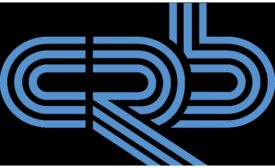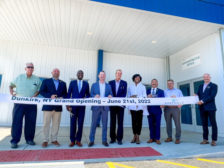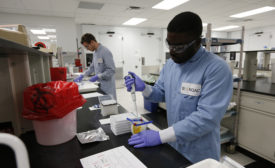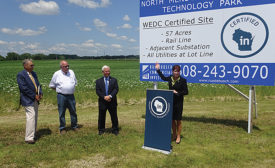Home » Keywords: » LEED
Items Tagged with 'LEED'
ARTICLES
Study: Employees are happier, healthier, more productive in LEED green buildings
When it comes to choosing a new job, findings show that people’s decisions were influenced by whether or not the workplace was in a LEED-certified building.
October 17, 2018
USGBC releases Top 10 states for LEED green building
Topping the list is Massachusetts, which moved from third to first place.
January 25, 2017
Top 10 countries for LEED green building
China tops the list, as demand for sustainable buildings outside of United States continues to drive LEED certification and green construction.
December 14, 2016
USGBC study: U.S. building owners show strong support for better designed, healthier buildings
The report shows that the design and construction industry in the United States is poised for wider adoption of building practices that prioritize the physical, mental and social well-being of tenants and occupants.
September 16, 2016
Nestlé expands Quality Assurance Center
The newly expanded QA center is now the lead quality assurance center for all Nestlé businesses in the United States.
August 12, 2016
What LEED v4 Means for the Cold Foods Industry
The newest version of the rating system, LEED v4, is a sophisticated way of looking at buildings’ systems.
March 10, 2016
Setting your sites on solid ground
A litany of factors must be considered in selecting a new plant location, but the choice must ultimately facilitate your goals and business strategy.
February 10, 2016
Elevate your expertise in refrigerated and frozen foods with unparalleled insights and connections.
Get the latest industry updates tailored your way.
JOIN TODAY!Copyright ©2024. All Rights Reserved BNP Media.
Design, CMS, Hosting & Web Development :: ePublishing









